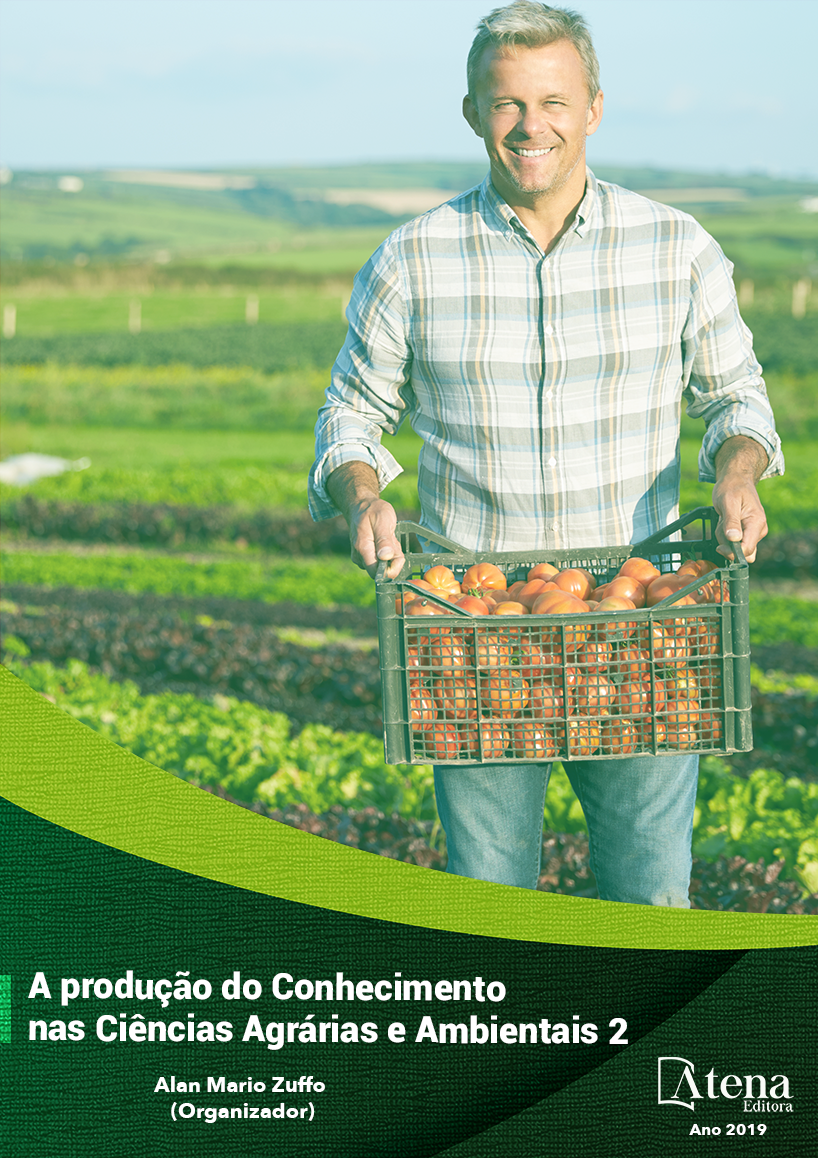
DESENVOLVIMENTO INICIAL DE MUDAS DE IPÊ-ROXO EM DIFERENTES SUBSTRATOS
O emprego da vegetação na
recuperação de áreas degradas, sejam elas
rurais ou urbanas, tem-se constituído em um
dos instrumentos primordiais de uso, com
resultados satisfatórios. A espécie do presente
estudo, Handroanthus heptaphyllus tem sido
utilizada para reconstituição de Reserva Legal,
recuperação de áreas degradadas rurais e
urbanas. Nesse cenário, produção de mudas
com o intuito de recuperar áreas impactadas
possui extrema importância, o que acarreta
estudos relacionados às formulações e
características de substratos, como a promoção
de crescimento inicial superior, qualidade e
uniformidade. Portanto, este trabalho teve por
objetivo avaliar o desenvolvimento inicial de
mudas de Ipê-Roxo em diferentes substratos,
por meio da mensuração de percentual de
emergência, índice de velocidade de emergência
(IVE), médias de altura (H), diâmetro do coleto
(DC), matérias secas da parte aérea (MSPA),
das folhas (MSF), do sistema radicular (MSR),
massa da matéria seca total (MST), de mudas de
H. heptaphyllusem quatro substratos distintos
I) solo; II) solo + esterco bovino (2:1); III) solo
+ areia + esterco bovino (2:1:1); IV) solo +
areia (1:1). Os maiores índices de germinação
e IVE foram obtidos em mudas formadas no tratamento formulado apenas com solo (I). Porém, os resultados mais favoráveis
relacionados ao desenvolvimento das mudas foram alcançados no tratamento que
consistia no emprego de solo + esterco bovino (2:1), prontamente, o substrato mais
indicado para a produção de mudas de ipê-roxo é o II.
DESENVOLVIMENTO INICIAL DE MUDAS DE IPÊ-ROXO EM DIFERENTES SUBSTRATOS
-
DOI: 10.22533/at.ed.85219260420
-
Palavras-chave: Ações antrópicas, espécie nativa, mudas florestais, degradação ambiental.
-
Keywords: Anthropogenic actions, native species, forest seedlings, environmental degradation.
-
Abstract:
The use of vegetation in the recovery of degraded areas, be they rural or
urban, has been constituted in one of the primordial instruments of use, with satisfactory
results. The species used in the present study, Handroanthus heptaphyllus has been
used for reconstitution of Legal Reserve, recovery of degraded rural and urban
areas. In this scenario, production of seedlings with the aim of recovering impacted
areas is extremely important, which leads to studies related to the formulations and
characteristics of substrates, such as the promotion of superior initial growth, quality
and uniformity. The objective of this work was to evaluate the initial development of IpêRoxo seedlings in different substrates, by means of the measurement of emergency
percentage, emergence rate index (ERI), mean height (H), collar diameter (CD), shoot
dry matter (SDM), leaves dry matter (LDM), root system dry matter (RSDM), and total
plant dry matter (TPDM) of H. heptaphyllusem seedlings on four different substrates
I) soil; II) soil + bovine manure (2:1); III) soil + sand + bovine manure (2:1:1); IV) soil
+ sand (1:1). The highest rates of germination and ERI were obtained in seedlings
formed in the treatment formulated with soil (I) alone. However, the most favorable
results related to the development of the seedlings were achieved in the treatment of
soil + bovine manure (2:1), hence the most suitable substrate for the production of ipêroxo seedlings is II.
-
Número de páginas: 15
- Renata do Nascimento Santos
- Beatriz Santos Machado
- Juliane Gonçalves da Silva
- Raíra Andrade Pelvine
- Rudieli Machado da Silva
- Nathalia Pereira Ribeiro
- Lorene Tiburtino-Silva
- Jeniffer Narcisa-Oliveira


